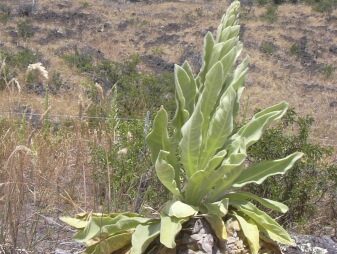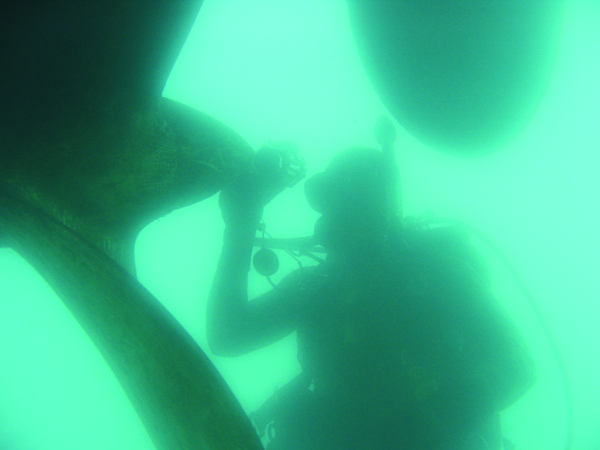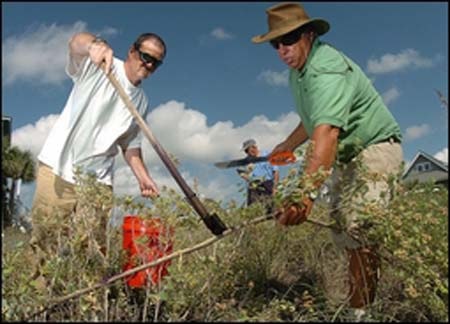Hō‘ike o Haleakalā Curriculum-35 million years of Hawaiian natural history over 3 days Workshop Dates: -Friday, August 16, 9-4 (Classroom)…
Read More
Invasive Plants
Mullein and Milk Thistle-Some Medicinal Plants are a Bad Prescription for the Environment
Humans have always relied on plants for medicine and many modern remedies are still derived from plants. The active ingredient…
Read More
Maui Activities for Invasive Species Awareness Week
It’s Hawaii Invasive Species Awareness Week and on Maui, we’re focusing on ant awareness (more activities to follow). What do…
Read More
Traveling by boat? Swab Those Hulls and Propellers to Stop Invasive Stowaways
Each year over ships make over 1000 trips to Hawai‘i. Container ships and barges, fishing boats, cruise ships, and sailboats,…
Read More
Plants Out of Place-Native to Hawaii but Invasive Somewhere Else
The native Hawaiian ecosystem is often described as fragile and prone to invasion, so it may come as a surprise…
Read More
The ‘Ua‘u and the threat of invasive species
Hawai‘i is famous for rare birds: scarlet honeycreepers that dart through the rainforest and gold-flecked owls that hunt at twilight….
Read More





